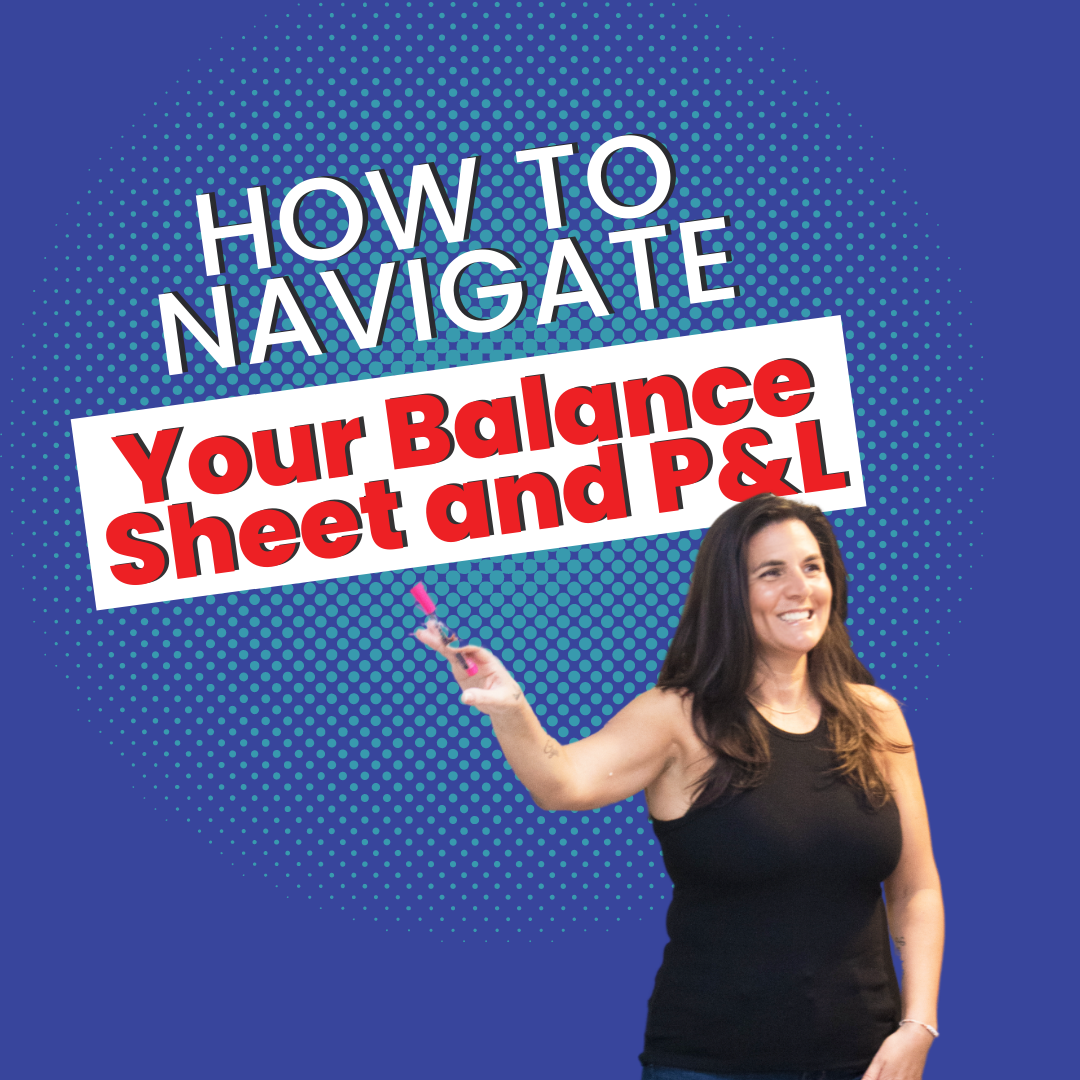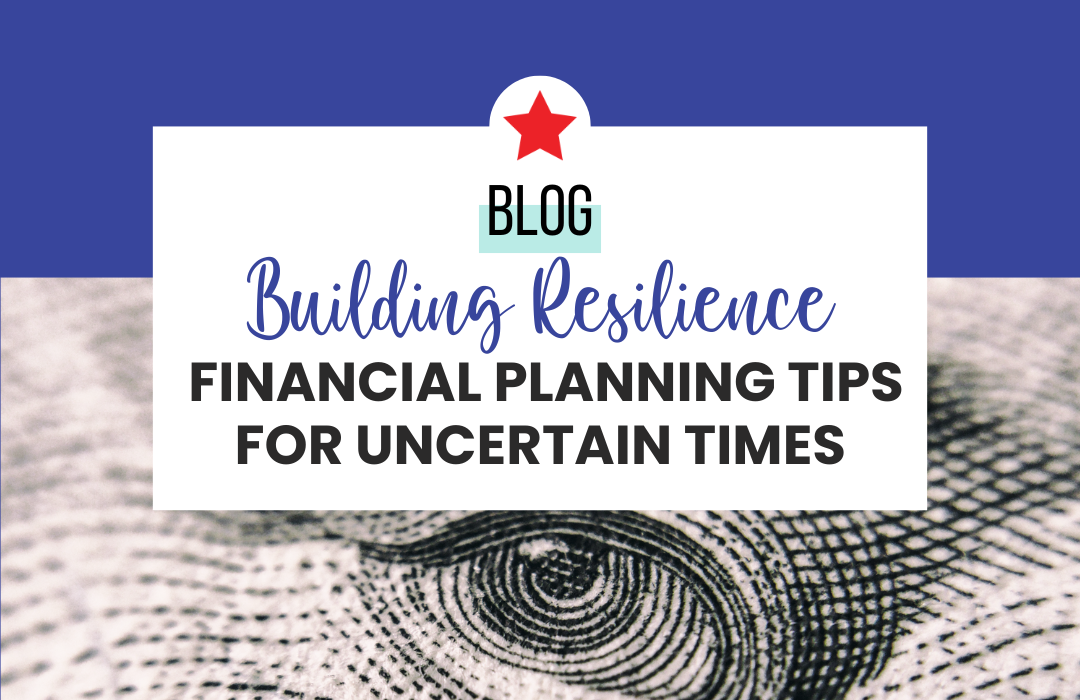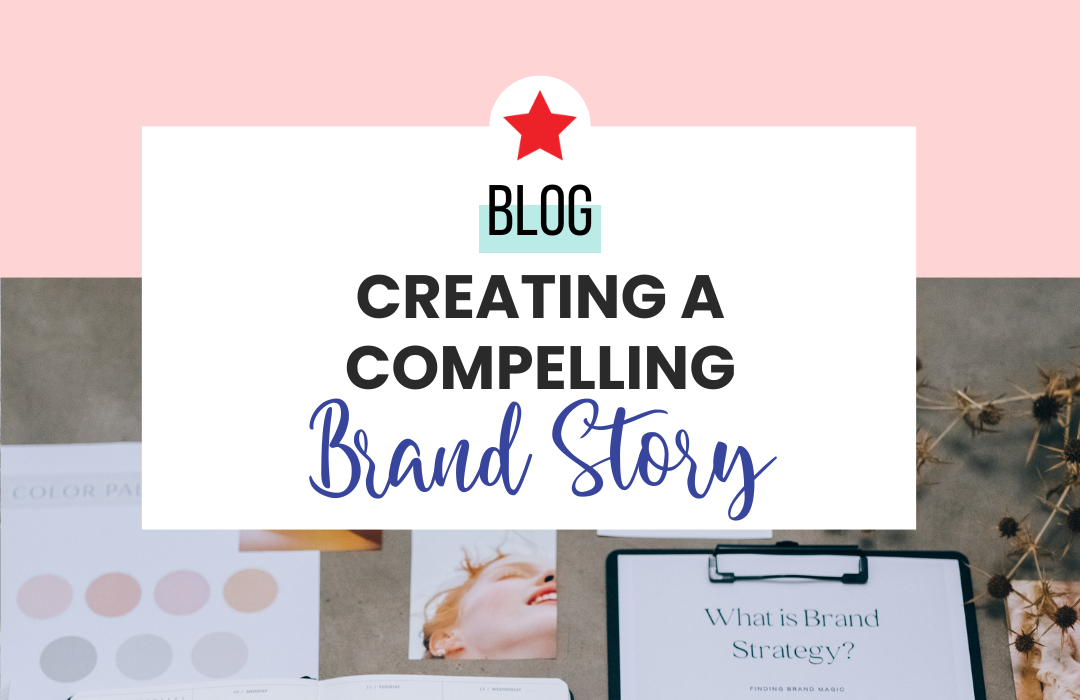[et_pb_section fb_built=”1″ _builder_version=”3.22″ global_colors_info=”{}”][et_pb_row _builder_version=”3.25″ background_size=”initial” background_position=”top_left” background_repeat=”repeat” global_colors_info=”{}”][et_pb_column type=”4_4″ _builder_version=”3.25″ custom_padding=”|||” global_colors_info=”{}” custom_padding__hover=”|||”][et_pb_video src=”https://youtu.be/I6tzcGKE36s” _builder_version=”4.13.0″ _module_preset=”default” global_colors_info=”{}”][/et_pb_video][/et_pb_column][/et_pb_row][/et_pb_section][et_pb_section fb_built=”1″ _builder_version=”4.13.0″ _module_preset=”default” global_colors_info=”{}”][et_pb_row _builder_version=”4.13.0″ _module_preset=”default” global_colors_info=”{}”][et_pb_column type=”4_4″ _builder_version=”4.13.0″ _module_preset=”default” global_colors_info=”{}”][et_pb_text _builder_version=”4.13.0″ _module_preset=”default” global_colors_info=”{}”]
Not everyone is a numbers person. I get it. And thank god for that – that’s why we have work! But, when you’re running your own business, you have to know your numbers. It is so important to have some idea behind the story YOUR numbers tell you about your business and the most common way to do that is through your Balance Sheet and your Profit & Loss – also known as your Income Statement.
Your Balance Sheet is quite literally the spine or back bone of your business. It tells you what assets your have, i.e. cash, bank accounts, accounts receivable, FF&E, etc. These are things, or assets, that your company owns. The good stuff.
Your Balance Sheet also tells you what you owe – or what your liabilities are such as accounts payable, credit card balances, lines of credit and loans, taxes owed, etc. The not-so-fun stuff.
And to simplify it, when you have more or greater assets than you have liabilities, your business has more “Equity” – and that’s a good thing. Equity is one way to look at your company’s worth and you want that to be high – or at least moving in the right direction.
Your Profit & Loss is more like the story of what happened over the period that you are viewing. It will tell you your Sales/Income, your directly associated costs also known as your “Cost of Goods/Services Sold” and then lists all of your expenses (hopefully in a simplified, cohesive manner). And when you subtract your Cost of Goods Sold and Expenses from your Sales/Income, you get your Net Profit. And we hope that number is positive. The Net Profit is the amount your business made and this becomes part of your Equity. You can also look at your Profit & Loss as a scorecard, in a way. You should know what target percentages you need to hit, i.e. for your COGS, Occupancy, Payroll, Advertising, Overhead Expenses, etc. and when you don’t hit them, you know right where to look to find the issue.
At the end of the day, you want there to be more Sales/Income than Cost of Goods and Expenses so that you can make a profit. It is Profit that keeps the score on how well your business is functioning and that can and should be viewed from many angles – two of those angles being your Balance Sheet and Profit & Loss.
[/et_pb_text][/et_pb_column][/et_pb_row][/et_pb_section]









